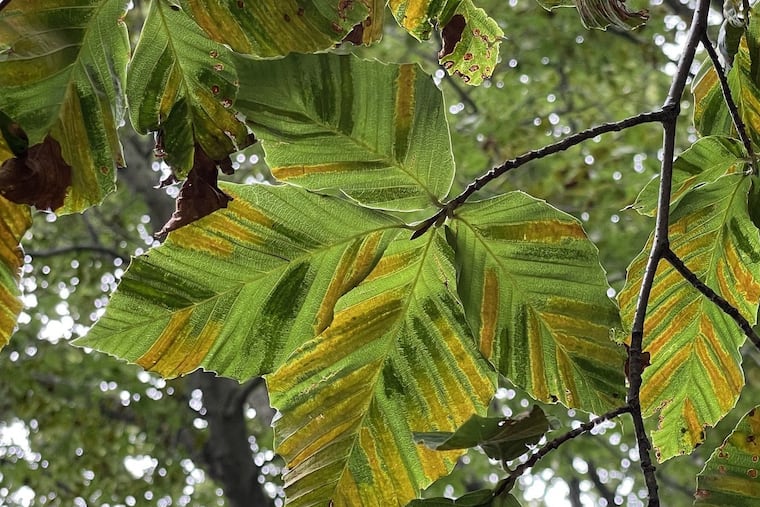Worse than the spotted lanternfly? A new disease is killing beech trees in Pa. and N.J.
This could be a much worse threat than the spotted lanternfly, experts say. The beech is one of the prevalent trees in forests throughout the Mid-Atlantic, and the disease is spreading rapidly.
